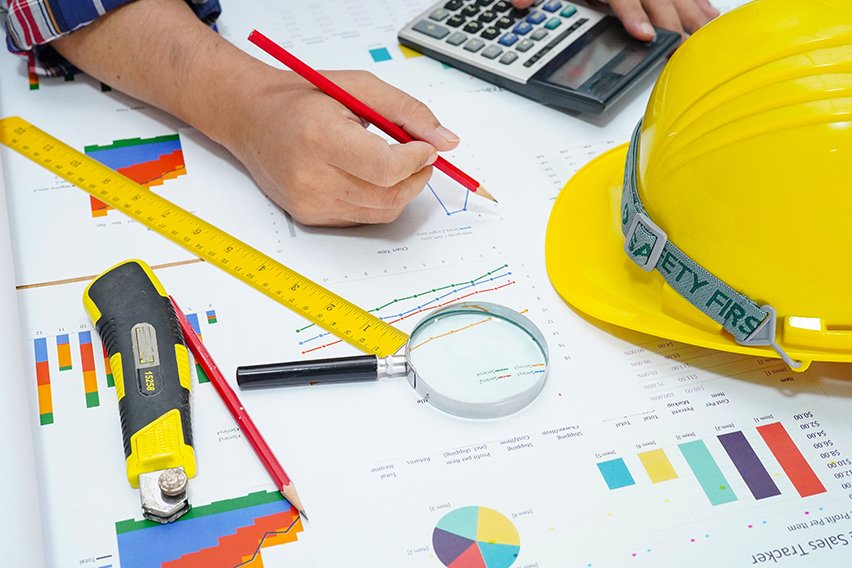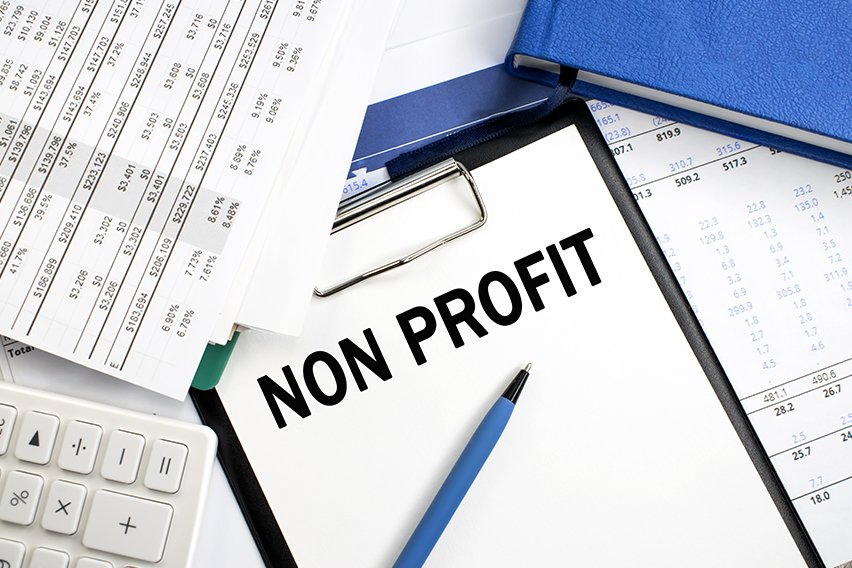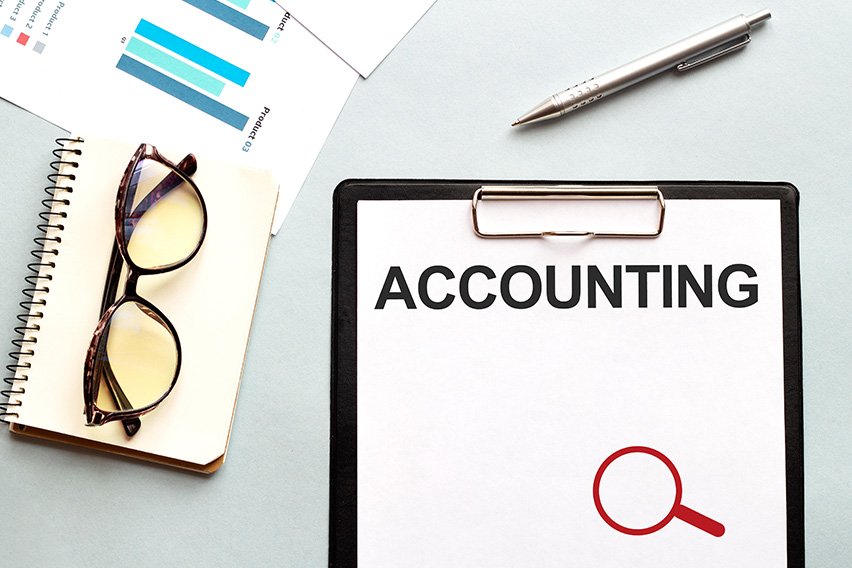Accounting Basics for Photography Business Owners

The photography industry provides an outlet for talented artists, photographers, and entrepreneurs to explore their talents and create a sustainable business.
Depending on your existing knowledge of business practices, however, you may have a sharp learning curve when it comes to the administrative work required on the backend. One of these areas—accounting—is extremely important when getting your financial future in order.
Accounting for photographers involves more than just tracking receipts and incoming payments. To conduct business ethically, responsibly, and profitably, you should have a foundational understanding of good accounting practices. This includes tracking business expenses, tax preparation, using the right accounting software, and so much more.
In this comprehensive guide to accounting for photographers, you’ll get the information you need to set up your business for accounting success.
Here’s What We’ll Cover:
Why Should Photographers Care About Accounting?
Accounting Essentials for Photographers
Accounting Methods for Professional Photographers
5 Best Practices for Photography Accounting
How to Choose the Right Accounting Software
Streamline Your Photography Business Accounting
Why Should Photographers Care About Accounting?
Truthfully, every new and veteran business owner should invest in some level of accounting structure. Accounting is an important part of communicating your level of professionalism; it’s also vital to keep track of your financial standing—income and expenses—at all times.
Accounting for photographers is important because:
- It provides better visibility into non-fixed costs. Most photographers have a good grasp on fixed costs, such as camera equipment. Unpredicted expenses, however, are often harder to manage. Solid accounting prevents scrambling when costs change from month-to-month.
- It ensures you don’t lose paperwork and invoices. When your small business is just starting, it could be easier to track individuals emails, receipts, and other documents manually. But business growth means that you need a sustainable way to not only see where your money is going, but to also know who owes you and when you can expect payment.
- It expands the opportunities of your business venture. Remember, good accounting is not just focused on the here and now. Each day you commit to better accounting increases your ability to add new clients, make new investments, and grow your personal profits.
Try not to think of accounting as a boring, numbers-based practice that only causes frustration. If you’re a photographer hoping to expand your professional opportunities, good accounting is the vehicle by which you’ll read your end goals. Additionally, it’s always easier to start with strong accounting practices rather than fix broken, disorganized, and fragmented financial management.
The Importance of Good Bookkeeping
If you’re not accustomed to keeping up with financial records for your small business, it’s important to start good bookkeeping habits as early as possible. Bookkeeping is different from financial analysis, which often involves looking at long-term trends, spending, and patterns.
Bookkeeping is an essential function of accounting because:
- It involves keeping important documents on file for at least six years
- It helps you manage payroll records (if you use contractors or have employees)
- It provides a centralized location for bank account statements and other summaries
- It gives you a system for filing things like receipts and expense records
- It helps prepare you for tax preparation by quarter or year
Developing a good accounting strategy happens one step at a time, but you can get a head start on the process with responsible bookkeeping practices. This is “Bookkeeping for Photographers 101.”

Accounting Essentials for Photographers
You don’t need to be an accountant in order to keep track of your business accounting. A few simple terms and definitions can clarify some of the initial confusion you might feel when first getting your books in order.
Assets and Liabilities
In your photography business, assets include anything you own outright. This includes camera equipment, lighting props, backdrops, and even studio space.
On the other hand, a liability is any debt or cost that you might owe, such as a bank loan. As much as possible, try to limit your liabilities and build up your tangible and cash assets.
Revenue and Income
Revenue or income is the amount of money you earn from engaging in normal business. When you offer a billable service like photography, this money comes in when your clients receive their invoices and make payments. You might also earn income from special contracts and projects, or from selling investments.
Expenses
As a photographer, your small business expenses might includes costs related to:
- Purchasing new equipment
- Maintaining or repairing existing equipment
- Marketing and advertising services
- Travel and associated costs (meals, transportation, etc.)
- Legal or insurance fees
Good accounting practices can help manage expense tracking in a way that’s organized, efficient, and helpful.
Balance Sheets
As a business owner, you’ll likely want to get familiar with developing a reliable balance sheet. This is a summarized statement that provides a quick overview or your organization’s financial health at a specific time.
You may not need to rely on the balance sheet process if you’re a sole proprietor with no outside partnerships, but if you have any investors or creditors, be prepared to create this important document.
Accounting Methods for Professional Photographers
When it comes to choosing the right accounting method for your photography business, there are two options. The right choice might depend on how large your business is, how much revenue you earn, and what your standard operating procedures are. Below, we’ll provide an overview of the two main methods.
The Cash Method
The cash method in accounting is helpful in the beginning stages when your trackable expenses are still relatively manageable. In this system, you record incoming and outgoing cash when it actually happens, or when payments are made. By doing so, your books and your bank account statements should line up more evenly.
The Accrual Method
The accrual method is a bit more complex, as it involves setting up both accounts receivable and payable. Instead of focusing on when cash actually exchanges hands, this method pairs revenue with the action that generated it in the first place.
Although the cash method is more simple to learn and understand, the accrual method is better at providing a big-picture look at a company’s financial health. The accrual method provides more transparency, even though it may be harder to match up bank statements.
5 Best Practices for Photography Accounting
Chances are, if you’re new to the world of accounting, you need tried-and-true tips to follow. This might also apply to veteran photographers, since business is usually busier, with multiple financial points to track at any given time.
Despite your experience level, these five best practices below will help you align your business with industry standards.
1. Use a Separate Business Banking Account
No matter how small you think your business is in the early days, one of the best moves that you can make is to establish a separate business banking account. This might include both checking and savings accounts, but all business bank accounts should function separately from your personal accounts.
Accounting is always more difficult when you can’t easily distinguish between business and personal expenses. Additionally, combined accounts can create hassle at tax time, or whenever you need to report to an investor or lender.
By establishing a separate business account, you can connect seamlessly to your accounting platform for imports and exports.
2. Track Each Expense (No Matter How Small)
While everyone wants to be able to claim helpful deductions that can reduce the costs of doing business, not many people enjoy collecting piles of receipts or tracking online purchases.
Despite the tedious nature of some of these practices, expense tracking is one of the most straightforward steps you can take to ensure that your business stays afloat.
Whether you’re meeting a client for lunch, booking a plane ticket for a destination event, buying photography equipment, or paying a social media manager to help with marketing, monitor and record these expenses.
Modern accounting software make it easier than ever to track business expenses. The best accounting software offers a mobile app that can turn pictures of paper files and receipts into useful digital files that pull right into your bookkeeping software.
The one thing to keep in mind with expense tracking is that if any costs are reimbursed by a client (such as travel, meals, or lodging), you can’t claim these expenses as deductions.
3. Learn About Business Tax Laws and Responsibilities
Your overall tax situation depends largely on your business structure and how you manage your income and expenses.
Despite the size of your business currently, you’ll need to be aware of the following types of taxes:
- Federal income tax. This is a tax on your personal income. However, your federal filing status is extremely important, especially if you hire employees or file as a corporation rather than as a sole proprietor.
- State income tax. State income tax is the money you owe to your state government on your personal income. Check whether your state allows you to pay annually or quarterly.
- States sales tax. This type of tax varies largely by location, so check with your local state government to determine when, how, and if you need to issue sales tax for any services or products you offer.
Maintaining good accounting practices can provide a boost if your business is ever audited at the federal, state, or local level for business tax purposes.
4. Use Invoicing and Accounting Software
An invoice isn’t the only thing your clients will receive from you, but it is one of the ways that you can communicate professionalism and expertise. When you compare photography accounting software options, keep your invoicing needs in mind.
Invoicing is a cornerstone of photography accounting because it is the primary means by which you receive credit card payments, and thus generate income.
The best accounting software for your photography business should be able to track outstanding invoices, send automated reminders when invoices are past due, and collect online payments by offering clients multiple convenient payment options.
It’s also helpful to choose cloud-based software, as it makes it easy to collaborate with your accountant or send invoices to clients while on location.
By approaching the invoice process in a disorganized way, you’ll keep money coming in and maintain the cash flow that keeps your photography business moving forward
5. Hire an Accountant When Needed
Even if you can’t afford to hire a full-time employee to manage your photography business finances, incorporating expert advice at the right times can make all the difference. You might want to handle your own bookkeeping but invest in a professional accountant at tax time, and set aside money in savings if you want to hire a financial consultant or bookkeeper.
Although you might start out with DIY software for photographers, when it comes to managing your business finances, photography accounting can get complicated quickly. Investing in an accountant who has the right tools, accounting software, and knowledge can end up saving you valuable time, money, and resources in the long run.
How to Choose the Right Accounting Software
Most modern businesses rely on some type of technology to help accelerate their business growth and track financial information. Photographers can leverage this same powerful technology no matter what field they specialize in, or what type of clients they serve.
Accounting features to look for:
When looking for the best accounting software for photography accounting, keep the following details in mind:
- Cloud-based accounting software allows you to work from anywhere, with maximum flexibility and functionality.
- Collaborative programs can enable other team members and financial members (like an accountant) to help manage some of the bookkeeping burdens.
- A user-friendly interface makes accounting software easier to pick up and learn, particularly for beginners or those looking to onboard quickly.
- Advanced accounting software programs offer secure, confidential credit card payments in addition to online payment processing services such as Apple Pay or Stripe.
- The right software for photographers can automate many tedious tasks, such as sending recurring invoices, recording business transactions, and preparing financial reports.
- The best bookkeeping software should support double-entry accounting for small businesses. Double-entry accounting means every financial transaction recorded in your bookkeeping software impacts at least two accounts: a debit and a credit. Debit and credit transactions must equal one another. This helps ensure that your books and financial reports are accurate.
Each separate photography business has unique needs, but developing a good understanding of your basic accounting software requirements can help you select the right tools and generate business reports that matter to you.
Additionally, you can avoid overpaying for accounting software that’s too advanced. On the other hand, you don’t want to sign up for free accounting software or the basic plan of a bookkeeping software only to realize that several core accounting features or financial reports are missing.

Streamline Your Photography Business Accounting
The right accounting software for your photography business can propel you from novice to pro in less time than it would take to learn the essential skills on your own. Stressing over bills, invoices, expense reports, business analytics, and other financial data can become a thing of the past when you choose photo studio accounting software that keeps your personal business goals at the forefront and provides a clear picture of your business’s financial health.
Explore the incredible features that FreshBooks bookkeeping software can provide to your photography business today! You’ll spend less time crunching numbers behind the scenes, and more time capturing the images that matter most to you and your clients.
About the author
Janet Berry-Johnson, CPA, is a freelance writer with over a decade of experience working on both the tax and audit sides of an accounting firm. She’s passionate about helping people make sense of complicated tax and accounting topics. Her work has appeared in Business Insider, Forbes, and The New York Times, and on LendingTree, Credit Karma, and Discover, among others. You can learn more about her work at jberryjohnson.com.
RELATED ARTICLES


 Real Estate Accounting: A Complete Guide for 2025
Real Estate Accounting: A Complete Guide for 2025 Accounting and Bookkeeping for Your Cleaning Business (Easy 10 Steps)
Accounting and Bookkeeping for Your Cleaning Business (Easy 10 Steps) Construction Accounting: Ultimate Guide for Contractors
Construction Accounting: Ultimate Guide for Contractors Nonprofit Accounting: A Complete Guide with Best Practices
Nonprofit Accounting: A Complete Guide with Best Practices Why is Accounting Important?
Why is Accounting Important? How Much Do Small Businesses Pay in Taxes: A Guide to Tax Rates
How Much Do Small Businesses Pay in Taxes: A Guide to Tax Rates